Hemofix FZ | Tablet | 10 pcs
৳ 50.00
Brand Name: Hemofix FZ Tablet
Generic: Ferrous Ascorbate + Folic Acid + Zinc Sulfate
48 mg+0.5 mg+22.5 mg
Manufacturer: Beximco Pharmaceuticals Ltd.
Unit Price: ৳ 5.00 (6 x 10: ৳ 300.00)
Strip Price: ৳ 50.00
Indications
Therapeutic Class
Description
Pharmacology
Ferrous Ascorbate when administered is converted to ferric form and immediately is reduced to the ferrous form into the stomach. This reduced ferrous form is then transferred to the duodenum where it is highly absorbed. Ferrous Ascorbate has the advantage of providing both ferrous ion and ascorbate in the same compound. There is no dissociation on entering GI Tract due to the stable chelate of iron with ascorbate. Folic Acid itself is biochemically inactive, is converted to tetrahydrofolic acid and methyltetrahydrofolate by dihydrofolate reductase in liver. These folic acid congeners are transported across cells by receptor-mediated endocytosis where they are needed to maintain numerous body functions.
Folic acid enhances chemical reactions that contribute to the production of red blood cells, the manufacture of DNA needed for cell replication and the metabolism of amino acids (compounds necessary for the manufacture of proteins).
Zinc is essential to numerous physiological processes, including the function of many enzymes in the body. Deficiency may lead to poor night vision, slow healing of wounds, poor sexual development and function in males, poor appetite (perhaps owing to a decrease in the sense of taste and smell), a reduced ability to ward off infections, diarrhea, dermatitis and in children, retarded growth.
Dosage & Administration
Interaction
Contraindications
Side Effects
Pregnancy & Lactation
Precautions & Warnings
Overdose Effects
Storage Conditions
| Generic Name | Ferrous Ascorbate + Folic Acid + Zinc Sulfate |
|---|---|
| Size | 48 mg+0.5 mg+22.5 mg |
Only logged in customers who have purchased this product may leave a review.

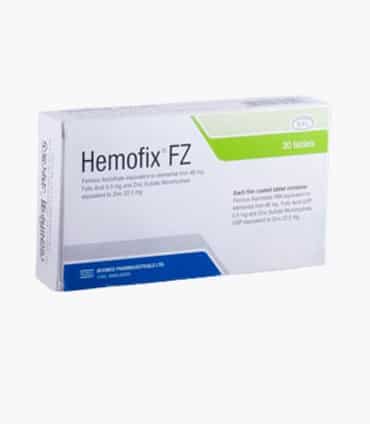

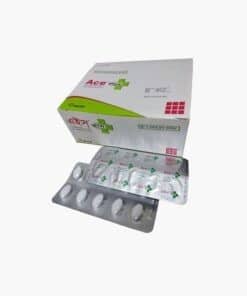

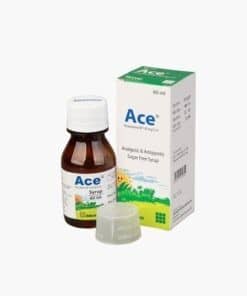
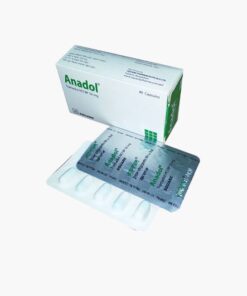
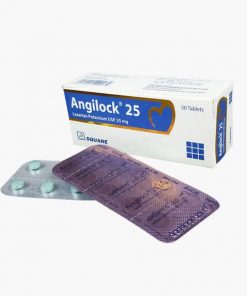
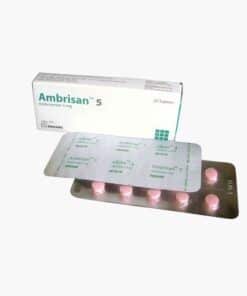
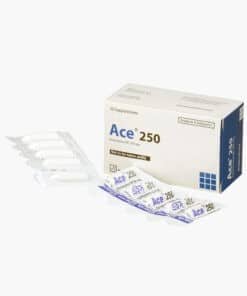
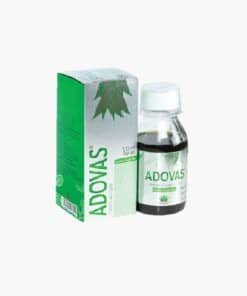
Reviews
There are no reviews yet.